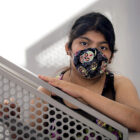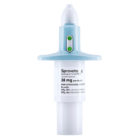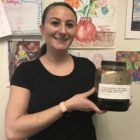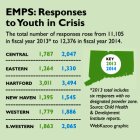I-Team In-Depth
Children And Adolescents Struggling With Pandemic’s Mental Health Fallout
|
One day in early March 2020, just as the pandemic was gaining momentum, sixth-grader Carolina Martinez-Nava was heading to the school cafeteria when she saw her sister coming down the stairs, looking for her. Arlene, an eighth grader, was crying. “She came and hugged me,” Carolina said. Students had been peering out windows all morning at the black smoke rising a few blocks from the school, in Bridgeport. But that still couldn’t prepare Carolina for her sister’s news that it was their family’s house that was burning.



